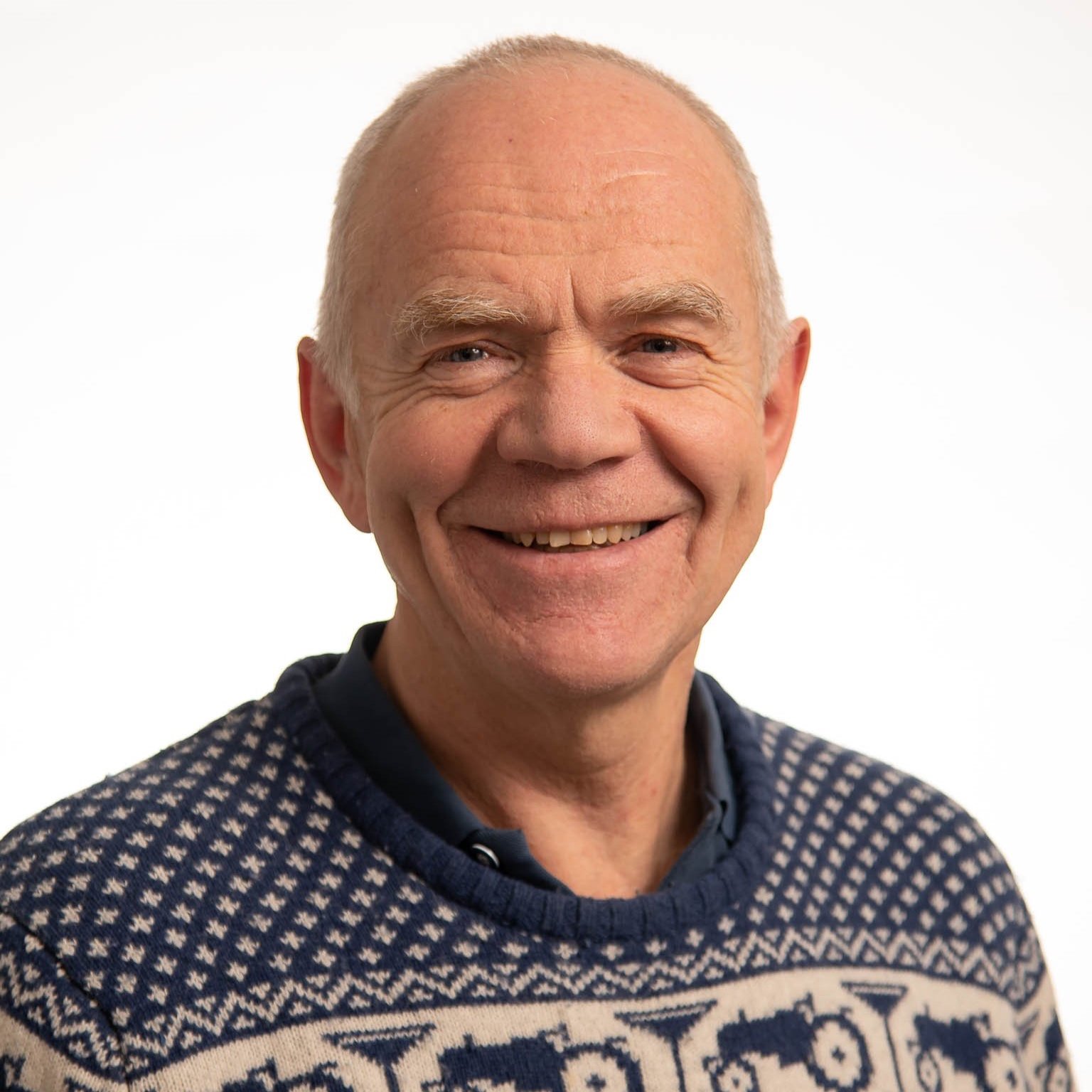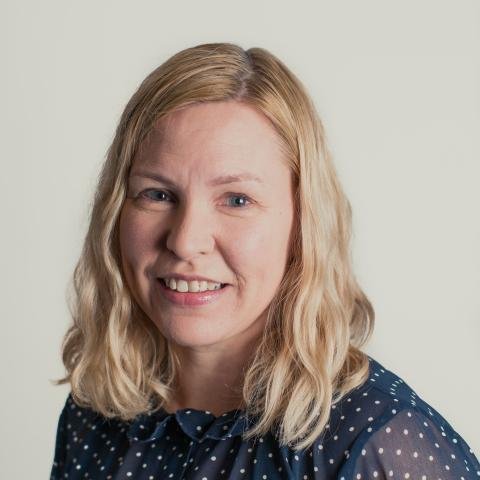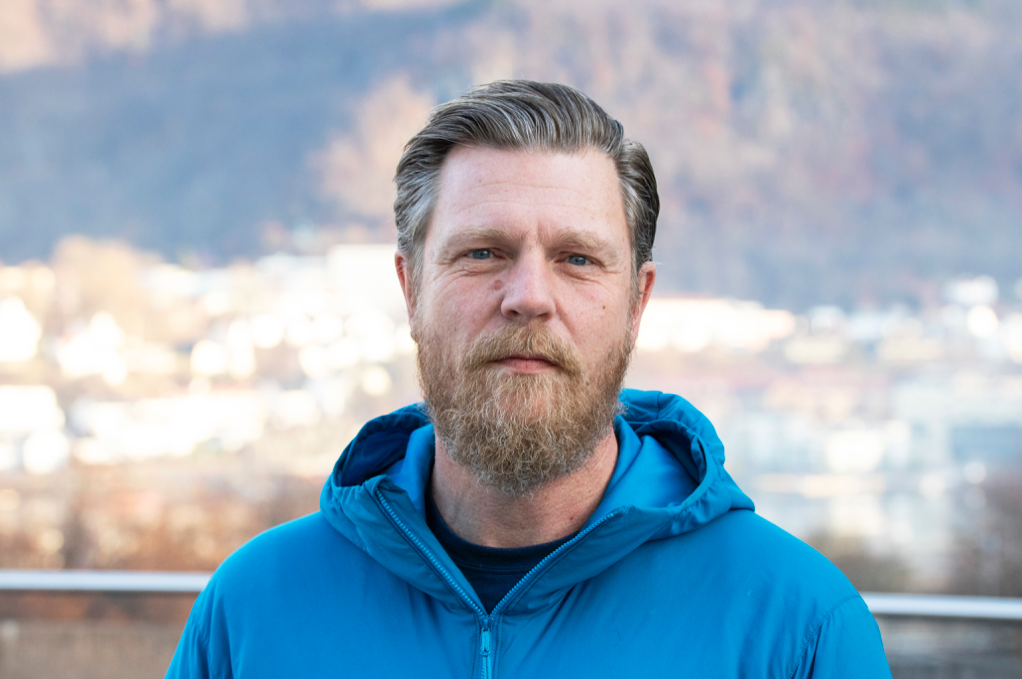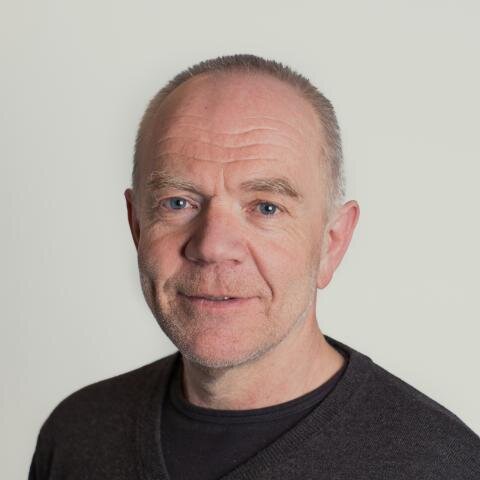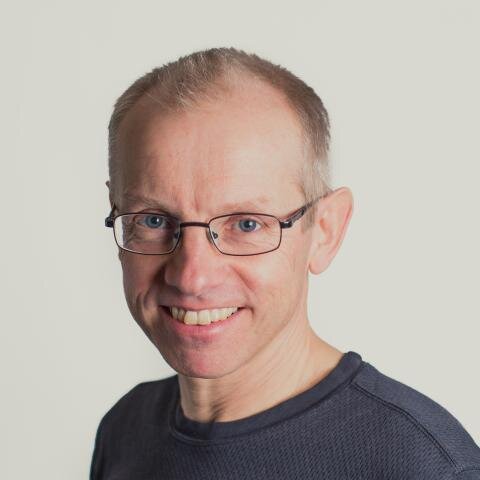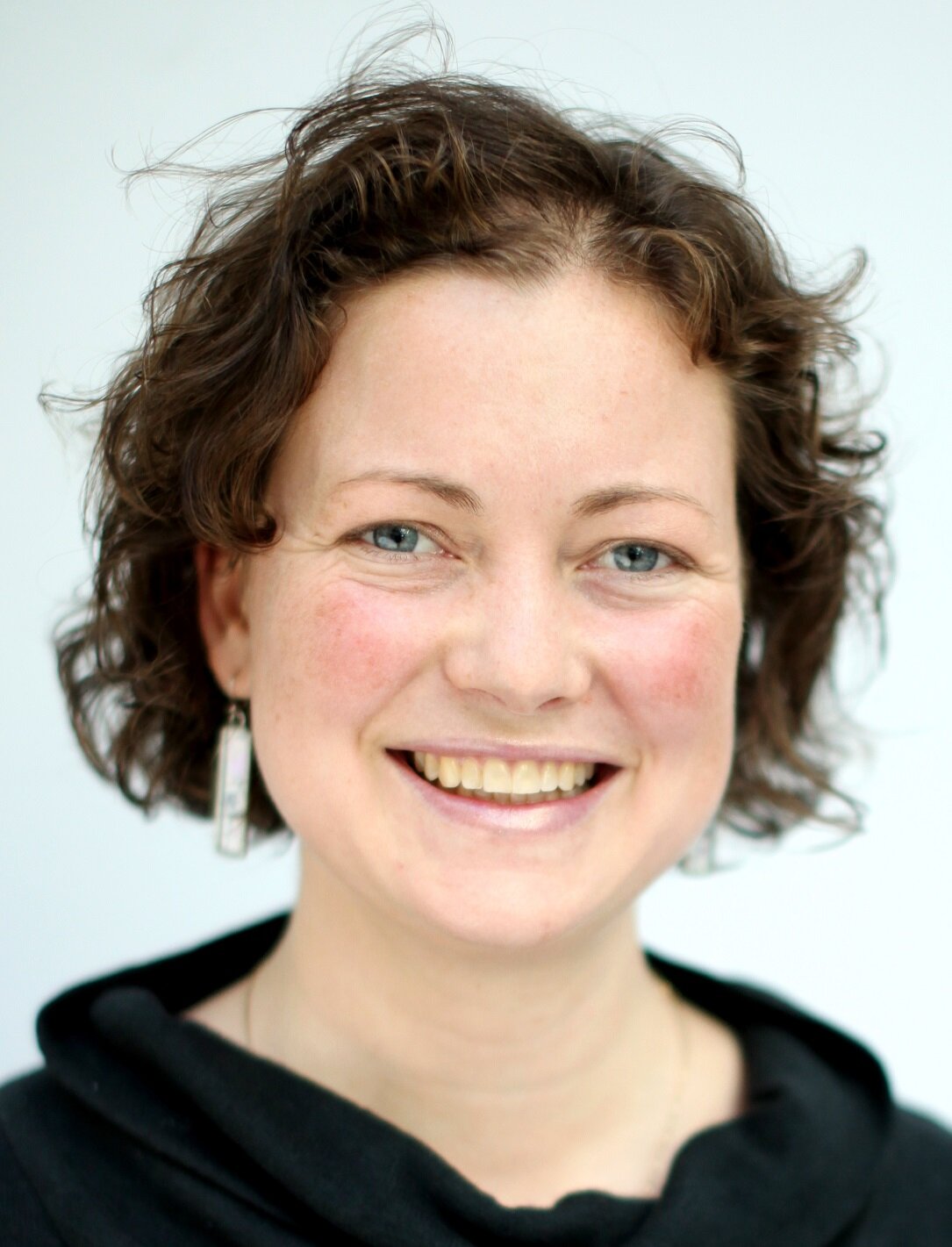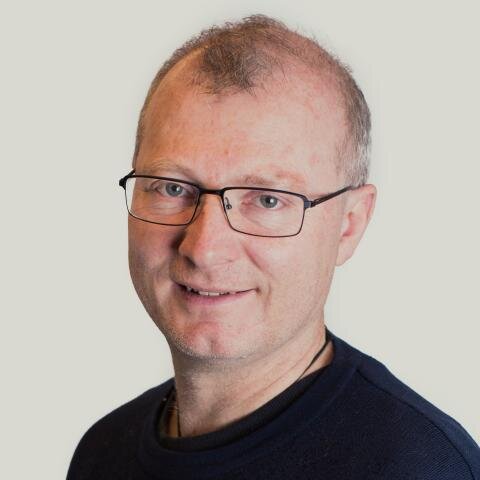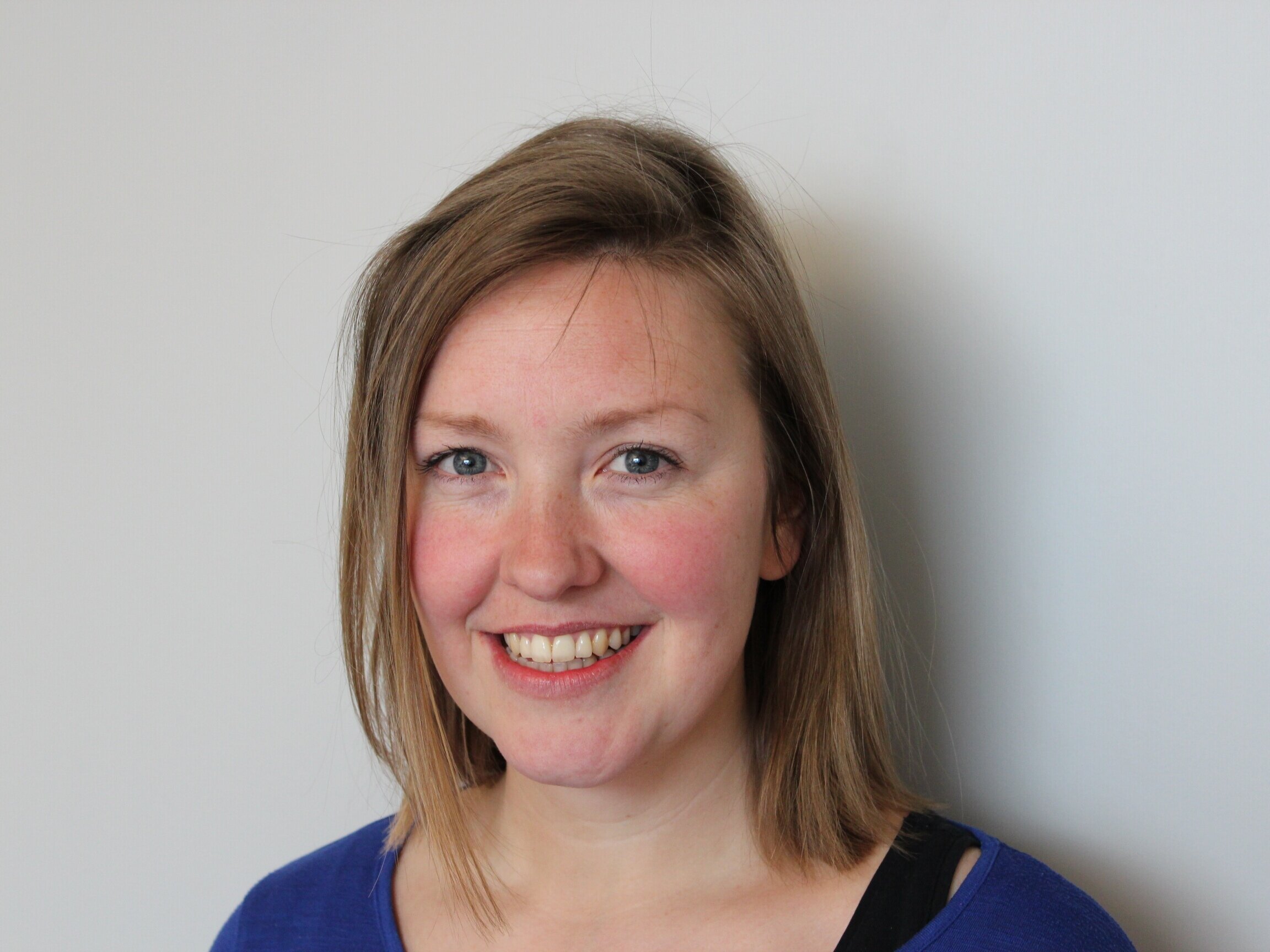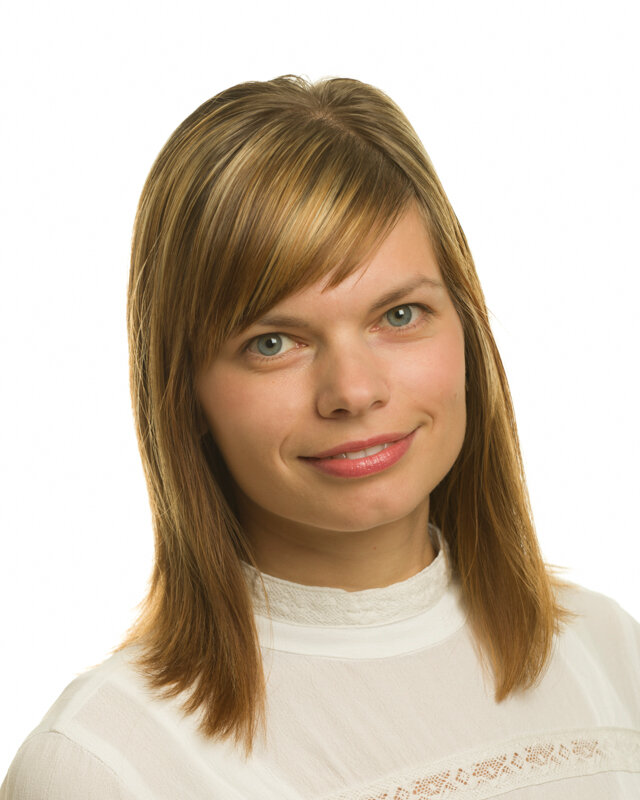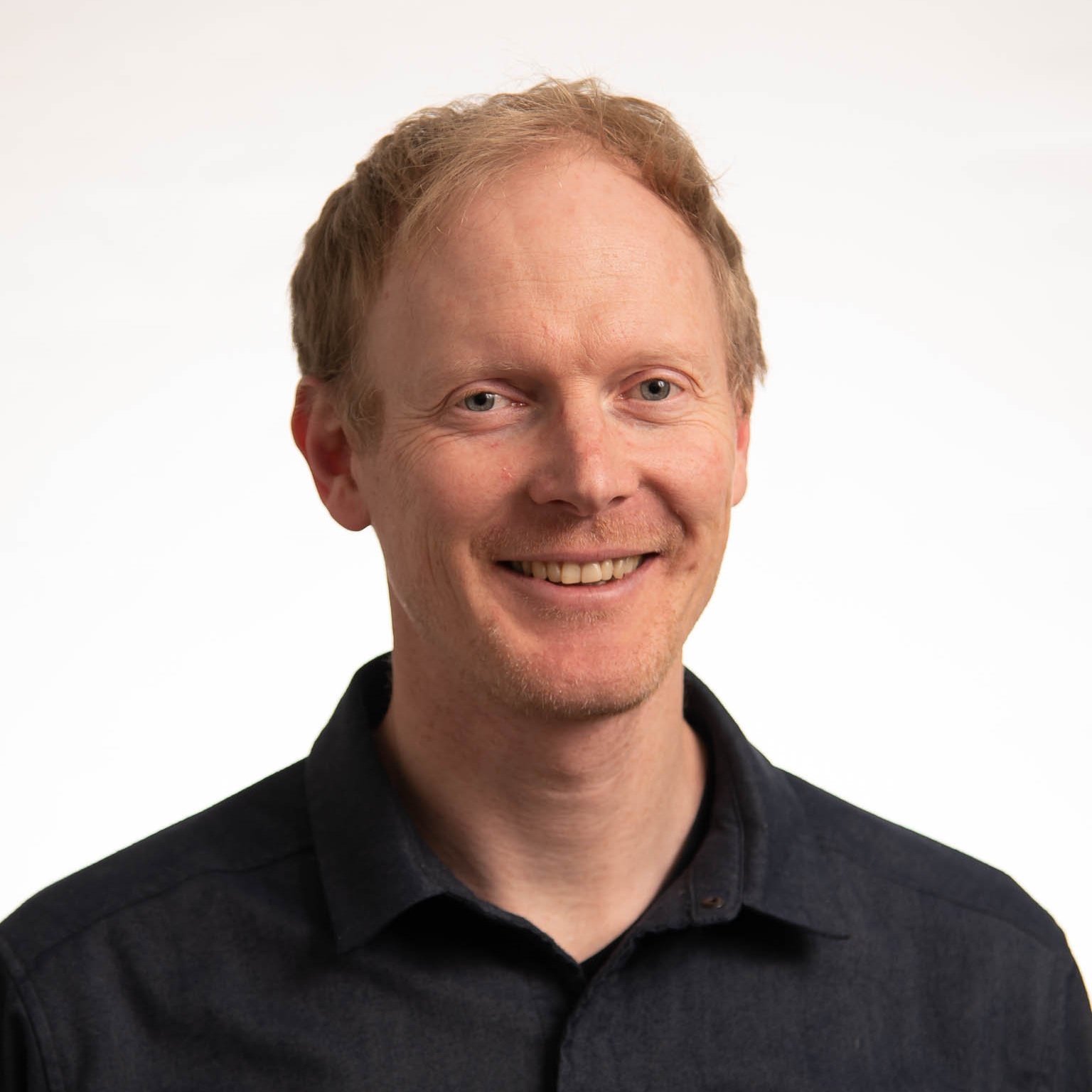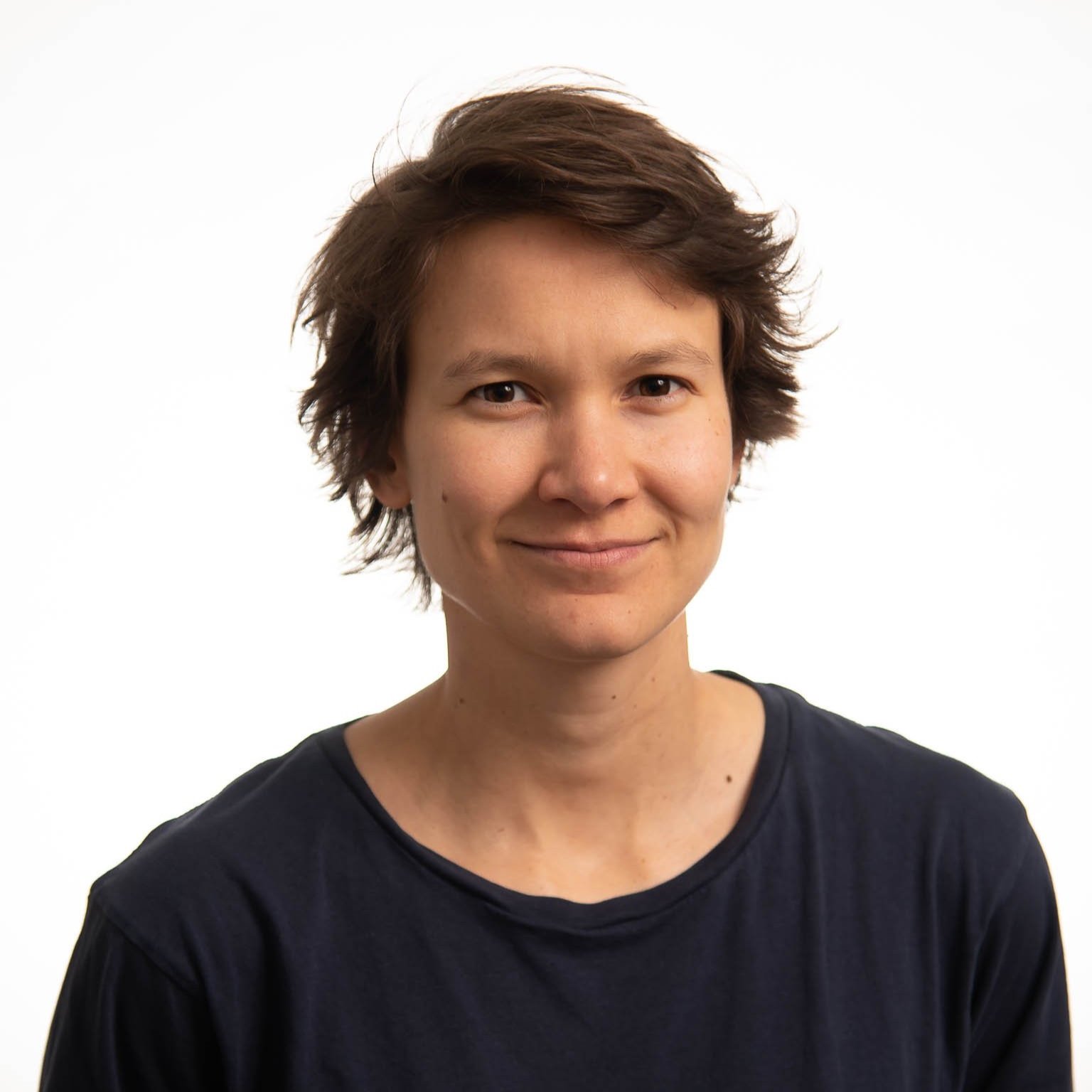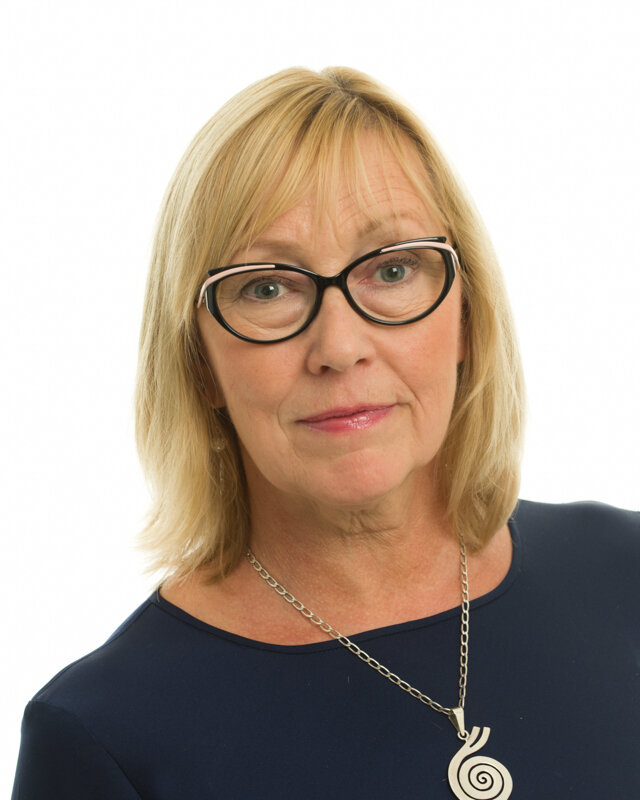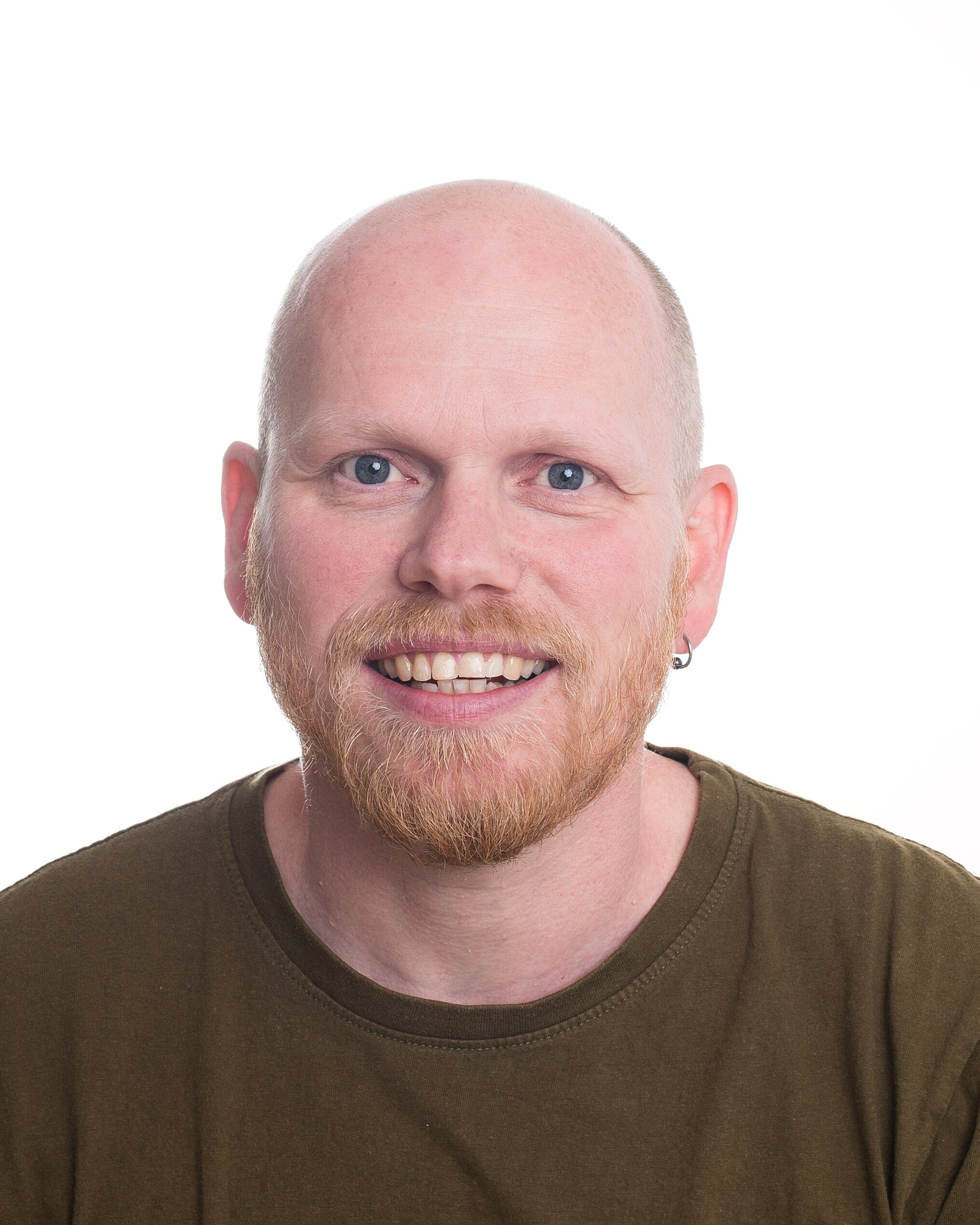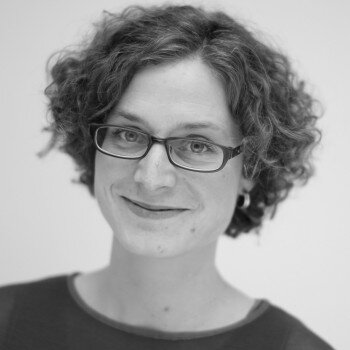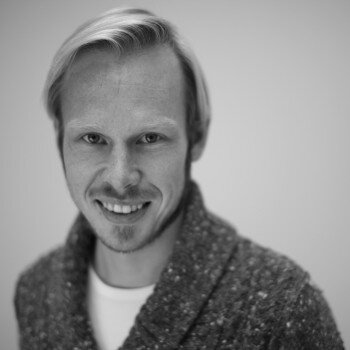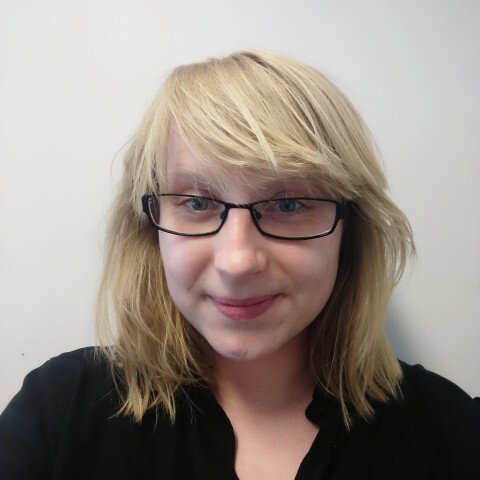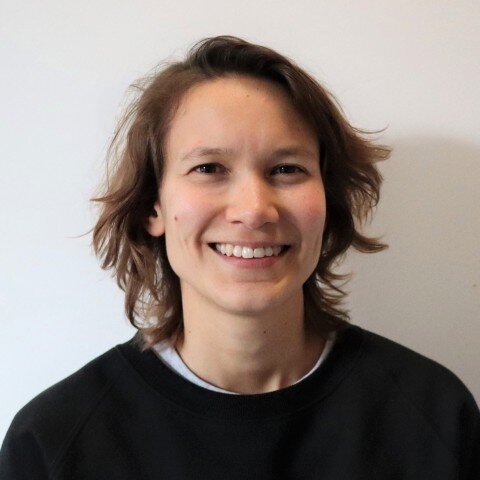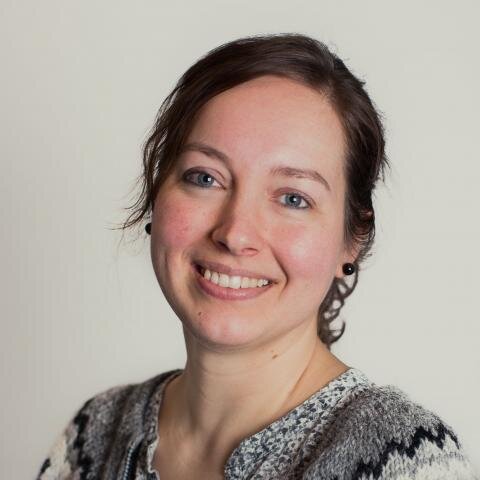The project is based on the premise that municipalities, other public agencies, companies and voluntary organizations have different challenges when it comes to climate adaptation, and that standardized "climate adaptation recipes" will not necessarily suit everyone. This applies to both regulations and guidelines and specific, nature-based challenges.
Klimathon was held in 2018 and 2019, both times in Bergen. The working methodology is experimental and exploratory, and is clearly inspired by the IT industry's "hackathons". Participants are encouraged to use their own experiences, public resources and insights from research in the climate field. They should not only discuss solutions, but also share, make visible and present what they come up with. (Photo: Andreas Graven)
This insight can create a starting point for knowledge development and the use of knowledge for the design of measures. In this way, Klimathon is an attempt to establish a kind of organizational infrastructure for reflection, perspective development and competence development, where the actors involved will in practice learn from each other. An advantage of a more organized Klimathon is that it simplifies the work of gathering and structuring knowledge about climate adaptation across sectors, whether it is a question of different parts of the public sector, between research and practice or between private and public.
This project will further develop Klimathon as a working method in three ways: Firstly by arranging a third edition in the autumn of 2020, Klimathon 2020, as a test of whether the working method is suitable for a region-based series of events for 2021. Secondly, the project will make a little more thorough analysis work on co-production as a theme to strengthen the professional foundation of Klimathon as a working method. Third, Klimathon also creates qualitative data that can be used in research. This means that the project will also reflect on the role that such data can play in research on climate adaptation and climate change.
Project leader is Simon Neby at NORCE Social Sciences. Both Vestland County Council, CICERO Center for International Climate Research, Nordland Research Institute, CET at the University of Bergen and Western Norway Research Institute participated.


